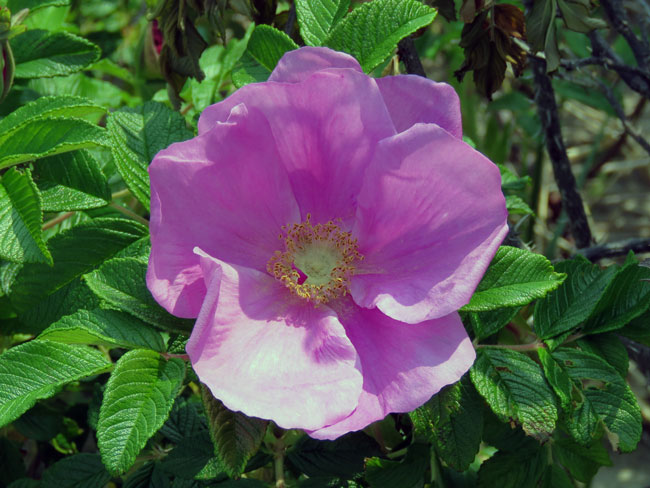
Tricolored Heron, #85 (see edit below)
Some pictures from the rest of our one sunny day… After leaving Driftwood Beach we stopped at an observation deck looking over one of Jekyll Island’s marshes. Lucky for me, I found another life bird. 🙂


A small, dark heron arrayed in moody blues and purples, the Little Blue Heron is a common but inconspicuous resident of marshes and estuaries in the Southeast. They stalk shallow waters for small fish and amphibians, adopting a quiet, methodical approach that can make these gorgeous herons surprisingly easy to overlook at first glance. Little Blue Herons build stick nests in trees alongside other colonial waterbirds. In the U.S., their populations have been in a gradual decline since the mid-twentieth century.
~ All About Birds website


EDIT: I misidentified the first heron photo in this post as a Great Blue Heron, which Donna so kindly brought to my attention. And so I’ve added another life bird, the Tricolored Heron, to my list!
The Tricolored Heron is a sleek and slender heron adorned in blue-gray, lavender, and white. The white stripe down the middle of its sinuous neck and its white belly set it apart from other dark herons. This fairly small heron wades through coastal waters in search of small fish, often running and stopping with quick turns and starts, as if dancing in a ballet. It builds stick nests in trees and shrubs, often in colonies with other wading birds. It’s common in southern saltmarshes and was once known as the Louisiana Heron.
~ All About Birds website
Eventually we wound up on St. Simons Island for a late lunch and a visit to St. Simons Light.
The Lighthouse and Keeper’s Dwelling were built in 1872 to replace the original lighthouse built in 1810 by James Gould of Massachusetts, the first lighthouse keeper. The original lighthouse was destroyed by Confederate forces in 1861 to prevent the beacon’s use by Federal troops during the Civil War. The Lighthouse is one of only five surviving light towers in Georgia. The Lighthouse still serves as an active aid to navigation for ships entering St. Simons Sound, casting its beam as far as 23 miles to sea. Visitors may climb the 129 steps to the top to experience spectacular, panoramic views of the coast including Jekyll Island, the mainland (Brunswick), and the south end of St. Simons Island. The Keeper’s Dwelling is a two-story Victorian structure that was the home of lighthouse keepers from 1872 until the 1950s. Today it houses the Lighthouse Museum, and includes interactive exhibits, rare artifacts, and period rooms that reveal the history of St. Simons Island and the life of a lighthouse keeper.
~ Golden Isles website

Coastal Georgia Historical Society
image credit: Wikipedia

All four of us climbed up the 129 steps, stopping at each landing to catch our breath and take pictures out the windows. I think it worked out in such a way that there was one window facing in each of the four directions. There was a sign on the wall of each landing and window, indicating the number of step remaining to climb.






The view was amazing but Tim complained of vertigo so he didn’t get to walk around the balcony up top.




When we got back down we toured the keeper’s quarters…




And then it was back to the vacation cottage for one last evening of conversation before we were to leave the next morning. It was a very long, wonderful day!
































































































































